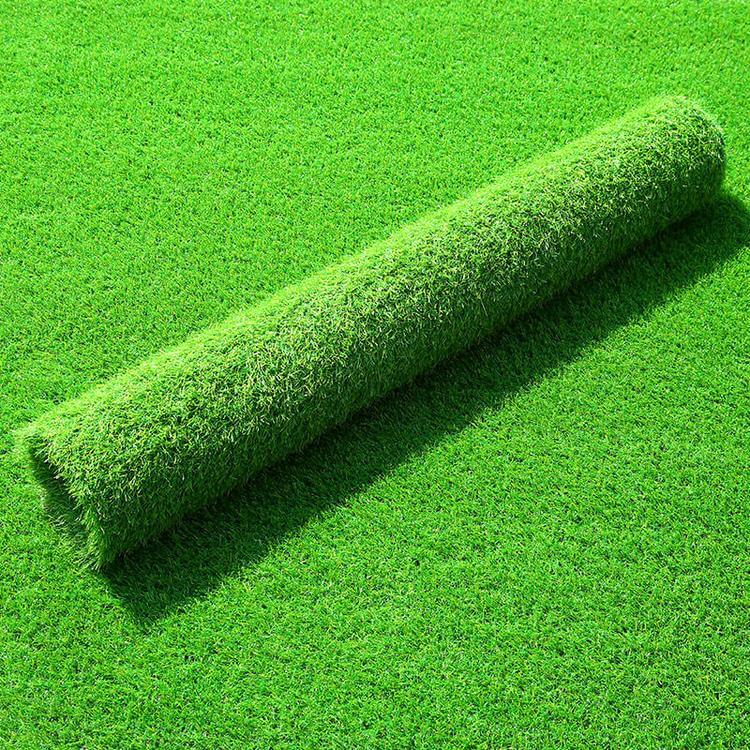Artificial turf looks and performs very similar to real grass. It is widely acclaimed for its wear resistance, UV resistance, aging resistance and ease of maintenance. The following artificial turf manufacturer-Zhangjiagang Hongtai will talk to you about what materials to choose for outdoor sports venues.
With the rapid development of the economy and society, urban greening is gradually being paid attention to. However, to carry out urban greening, the late maintenance cost of natural grass is high, especially in the cold weather of the north. At the same time, in some sports grounds, artificial turf shows better performance than natural grass, which provides an opportunity for the development of artificial turf.

Artificial turf is usually made of two materials: polypropylene and polyethylene
Artificial turf made of polypropylene is strong and has little cushioning. It is usually used for low-impact sports, such as tennis. Artificial turf made of polyethylene is soft, well-cushioned and virtually harmless to athletes. It is suitable for higher impact sports, such as soccer and rugby. However, we can also mix the two materials to make artificial turf so that the advantages of both materials can be combined to meet the needs of specific games.
For high-intensity sports, to improve the quality of play and to minimize injuries to athletes*, the choice of artificial turf is usually made with a higher fiber material, usually 25-50 mm, and a mixture of both materials, polyethylene or polypropylene.

When building an artificial turf sports field, the overall budget of the stadium is usually taken into consideration when choosing the height of the artificial turf. Taller artificial turf has higher construction and maintenance costs. In some European countries, 19mm high artificial turf is often chosen for school sports fields. In less frequently used non-professional sports fields, a height of 25-32mm is often chosen. In some professional sports fields, the height of artificial turf is usually 50-55mm, which is also considered to be the upper limit of the ideal artificial turf. In some soccer fields in the U.S., artificial turf heights are higher, around 70mm, but it is generally not common to see artificial turf fields this high.